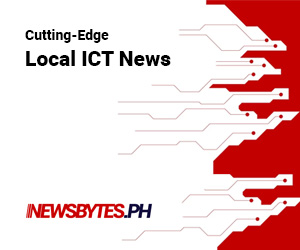Activity tracker shipments continued to grow in 2015, up almost 80% over 2014 as new players entered the market and sales outside the US took off.
Analyst firm ABI Research anticipates activity tracker shipment totals to top 87 million in 2021 as these devices, from players including Fitbit, Xiaomi, Jawbone, Misfit (Fossil), and many others, will continue to lead consumers into the emerging wearable wireless connected health and wellbeing market.
?Activity trackers are the current vanguard device for bringing consumers into connected medical services,? said Jonathan Collins, principal analyst at ABI Research.
?As they continue to proliferate, they will spur greater investment in mHealth device development and adoption, as well as the services that can help bring the data these devices collect into health care provision.?
Despite the increasing popularity of activity trackers, the medical device market still awaits the shift to connected devices that has been underway in the consumer market over the past few years.
Connected medical device adoption rests not just on device availability and appeal, but also on the supporting infrastructure that can drive patient care and operational efficiency from wearable device data collection.
?While activity trackers are far from being medical devices, their ongoing appeal is pushing investment into the network platforms and infrastructure required to bring mHealth data into the realm of healthcare services,? continued Collins.
?Consumer focused companies, including Apple, Google, and Samsung, have all begun to develop ways to bring consumer activity data into patient management. Meanwhile, established medical equipment players, such as Philips Healthcare and GE Healthcare, have recently launched their own mHealth platform plays.?
Activity trackers currently dominate the mHealth wearable space but, over the next five years, new types of mHealth wearables will expand the range of tracking alternatives available to consumers. The wrist-worn activity tracker will face stiff competition as smart clothing and other form factors gain popularity.
?In the months ahead, we expect to see a number of key vendors within this competitive landscape expanding partnerships, such as Under Armour and HTC,? concluded Collins.
?Those companies will tend to take an application focus with activity trackers, adding in additional sensing capabilities and increasingly looking to expand their technology to different form factors.?




